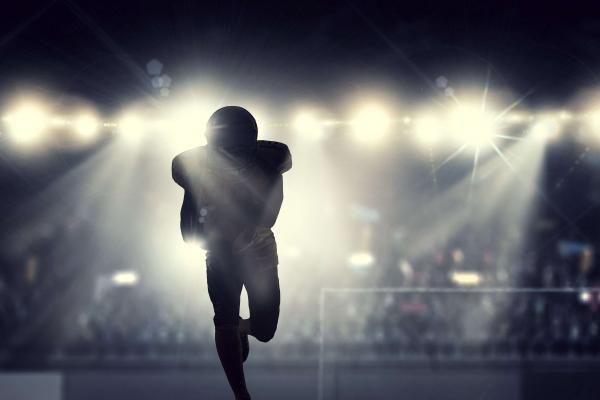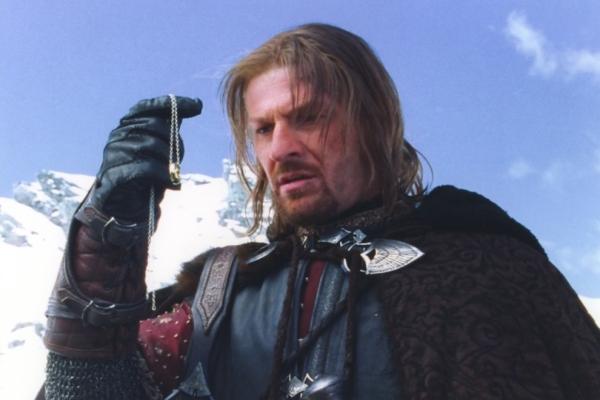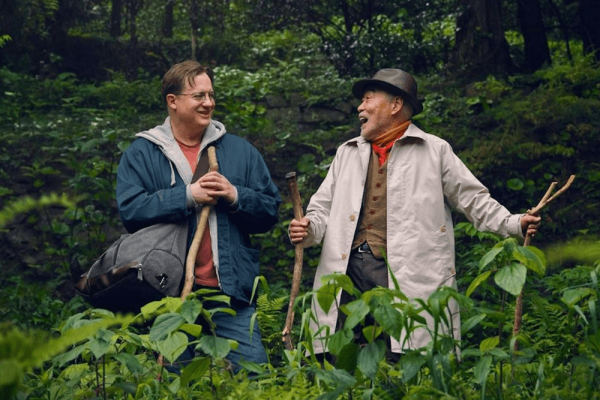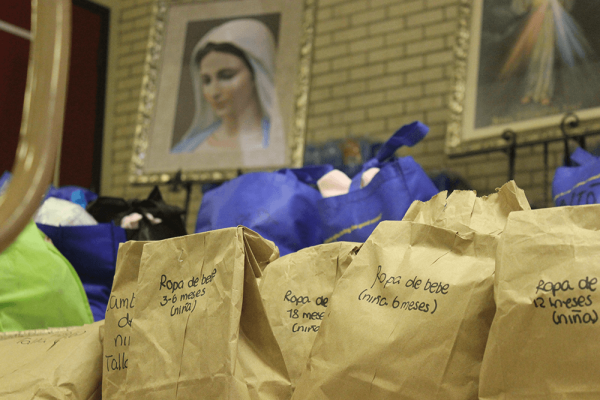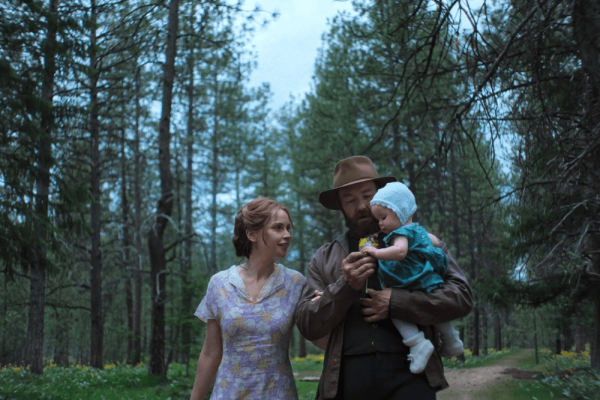The aftermath of Colin Kaepernick’s controversial kneeling against racial injustice is far from over. But organized sports are contributing to national justice and community wholeness beyond what’s seen on the public stage. Whether or not Kaepernick ever returns to the NFL, a rumbling resistance to the status quo is gathering steam in the world of local athletics.
Local sports teams can serve as a training ground for young leaders. Kaepernick, and others who have knelt, are not merely using their platform for a political message — they are trying to tell us something about who they are and what they’ve gone through to get there.
In my research in some of America’s marginalized communities, I've encountered many young people who face a fear-filled world of control and discipline — where initiative, confidence, or strength may be discouraged or punished. Small errors of adolescence receive life-crushing consequences and standing up for oneself or others is re-labeled as rebelliousness — fueling a cycle of suspicion, punishment, and incarceration.
This is the pipeline of brutality and control of black and brown people, from youth to adulthood, that Kaepernick knelt to protest. For many young people of color, the world of youth sports — where strength, confidence, and initiative are rewarded — is often the only leadership development avenue available.
My own home community — a majority black, low-to-middle income, post-industrial neighborhood — has seen this firsthand.
Our community’s high school football team reached the state championship game in 2014 and 2015. At their games, the local police force brought trained dogs to each corner of the field. The message to our athletes was clear: “Within the confines of this field and this game, you may express your energy and passion, but one false move beyond the boundary lines, and we are willing to tear your flesh off to keep you in check.” The athletes, coaches, and administrators of our school learned the lesson: Protecting students from authorities required deliberate action.
Our basketball team had a breakout season in 2016, drawing large crowds. At one suburban game, local police lined the wall next to the student section. Suddenly, officers slammed a young man to the ground, claiming he had refused to move from his place on a staircase. Remembering the events of our community’s football state championships, two football coaches approached to confront the police. One of them stood where the young man had been, and, in front of a crowd of thousands, issued a challenge: “I’m not moving either. Are you going to arrest me too?”
They did not. The duplicity of the local authorities was exposed when that coach put his freedom on the line to advocate for the young people in his care.
And when the basketball team reached their state championship game, the host city brought in metal detectors, and placed a line of police next to the student sections of both majority black teams. When the game ended, the officers closed in on the students as though anticipating some incident. With a boldness gleaned from his coach’s example, a linebacker from the football team asked loudly, “Why do you [police] always have to be here next to us? We are not a threat to you.”
As a young black man, he knew the risk he was taking — but his years on the football team had affirmed his leadership to the point that he could stand up for himself and others even in tense public situations.
The effect on the community was not only limited to a few public moments. Media-darling high school athletes who could have taken their scholarships and run instead worked together to raise their school’s graduation rate by 10 percent this year, supporting and encouraging their peers all across the academic finish line. They trusted their coaches to advocate when necessary for those who might otherwise have been stripped of their future by an impersonal and punitive system.
Together, the community protected its investment in its young leaders. Stories like these echo all the way to the heights of the NFL, where the stakes are different but the theme is the same. Those who knelt are asking us to see the contrast between the way they are treated in the sports world and in the world beyond, to affirm their human stories in the same way we affirm their athletic accomplishments. What will it take for the passion and leadership encouraged on the field to be encouraged in our communities?
When sports show us the humanity and potential of those whose voices the U.S. does not seem to hear, it becomes our job to demand they be valued and included. This means re-thinking how we handle education and public safety. It means challenging the institutions and policies that curb and punish the energy and joy we glimpse on the athletic field. It means going beyond finding someone’s place on the team, to a restorative paradigm that affirms everyone’s place in the community.
This won’t happen until, together, we take a stand — or a knee, as the case may be.
Colin Kaepernick may never play another down — but his cause is marching on. Taking a stand is costly, as the former 49ers quarterback has learned. But to be part of the solution, like he is, is often simple, usually difficult, and always worth it.
Got something to say about what you're reading? We value your feedback!
